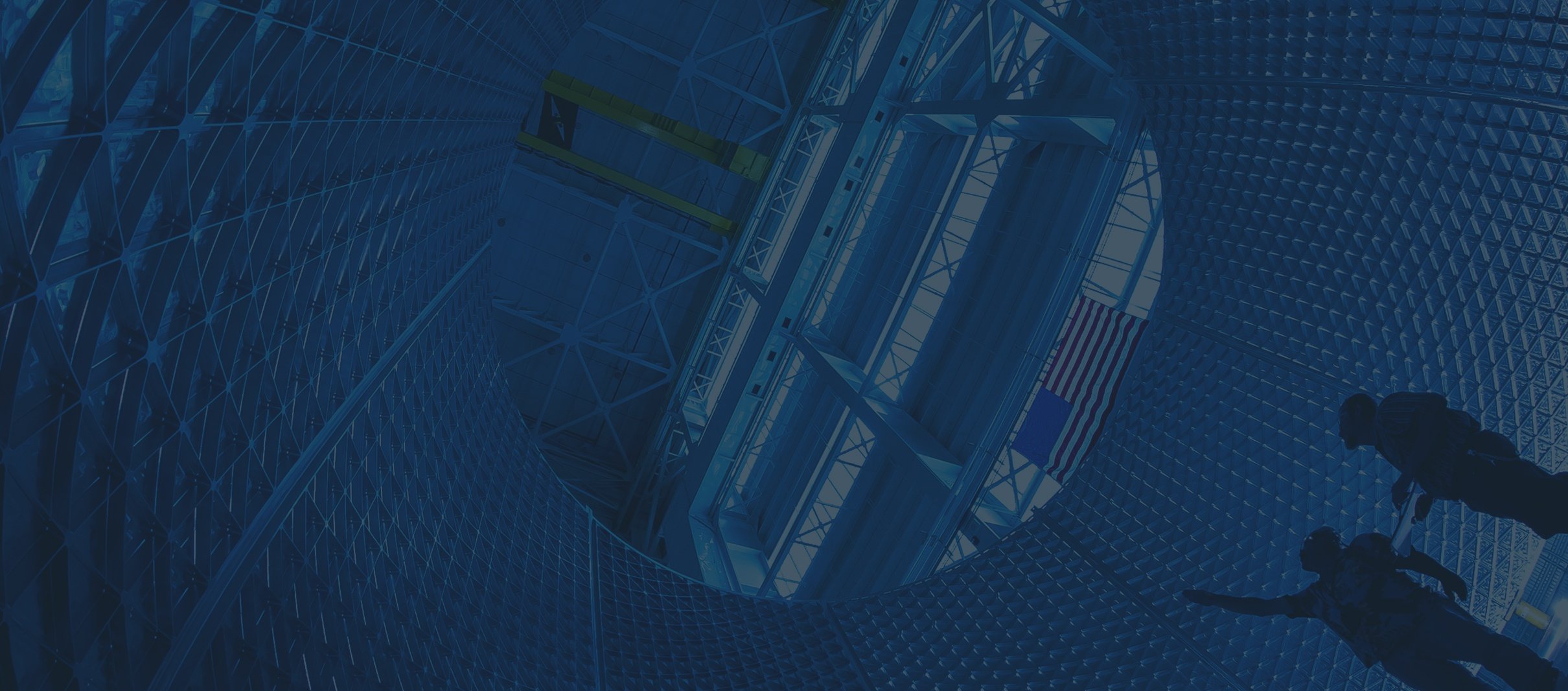Innovating for the Future
Space plays an important role in our everyday lives, and it will only continue to grow with each passing year. Everything from communications, scientific research, national security, weather reporting, and how you find your way home with your phone depends on innovation and leadership in space. If America wants to lead on Earth, it needs to lead in space.
For more than 60 years, American aerospace companies and NASA have pushed the boundaries of innovation to build world-class spacecraft including rockets, crewed spacecraft, satellites, space habitats, and interplanetary probes. The U.S. is the only country to take humans to deep space and visit every planet in our solar system – from the Sun to beyond Pluto – with our spacecraft.
As more nations seek to expand their presence in space for commercial, scientific, and military purposes – it’s imperative that the United States remains a leader. Every dollar invested in space exploration, research, and technology is spent here on earth supporting thousands of jobs across the United States. In addition to the positive economic, scientific, and defense benefits, our leadership in space also motivates a new generation to consider careers in STEM fields which is critical to our national competitiveness.
Watch U.S. Fly is here to ensure America remains the leader in space exploration and innovation beyond Earth.
Help Watch U.S. Fly Ensure America Remains a Leader in Space!
Going Back to the Moon and Onward to Mars
The Space Launch System and NASA Gateway
An American hasn’t stepped foot on the Moon since 1972. It’s time to go back… and beyond. Today, thanks to the most powerful operational rocket in the world, the Space Launch System (SLS), NASA is well on its way.
Getting to space is challenging and requires significant power and highly-advanced technology to safely transport astronauts and large spacecraft (lunar landers, habitats, etc.) for crewed missions to the Moon and Mars. The SLS has been designed from the ground up to enable any deep space mission NASA and its international partners plan. It is the only rocket with the power, performance, and human safety requirements necessary for this mission.
On November 16, 2022, SLS successfully launched as part of NASA’s historic Artemis I test mission from the Kennedy Space Center. SLS is well on its way to prepare for the Artemis II mission, which will send the first woman and person of color to lunar orbit.
In the next few years, the SLS will also enable NASA’s Gateway to be placed into lunar orbit. The Gateway will be a permanent outpost orbiting the moon and will allow astronauts to reach all parts of the Moon’s surface and prepare for the long trip through space to Mars.
The path back to the Moon and beyond to Mars will be difficult, but Americans will rise to the challenge and achieve humanity’s next “great leap for mankind.”
Humanity’s Most Important Outpost in Space
The International Space Station
The International Space Station (ISS) is the world’s largest spacecraft ever assembled, but it’s also by far the longest continually crewed research facility and laboratory in space which has been supported by 15 countries from design to launch. Since the first crew arrived on station in 2000, we have maintained a permanent presence off Earth. In fact, the average college senior today has never lived a day in their life without a person living off planet on the ISS.
That spaceflight experience has allowed for important research to be performed that has far-reaching implications for life back here on Earth. Improving clean water access, creating more effective vaccines, monitoring natural disasters, developing more efficient farming techniques, and innovating new cancer treatments are just a few of the research areas scientists on the ISS are focusing on.
Along the way, the ISS is also supporting the creation of a low Earth orbit ecosystem – a viable commercial economy – that will pave the way for space hotels and other destinations in lower Earth orbit in the future.
ISS still has much more to teach us about living and working in space and is a crucial element of maintaining America’s leadership in space. It’s critical that we continue to support and utilize one of our world’s most valuable research facilities.
Join the Community.
Get exclusive stories about the world’s best planes & spacecraft.


